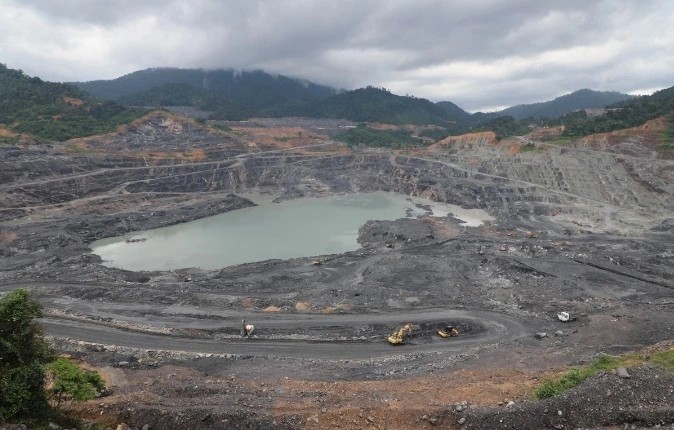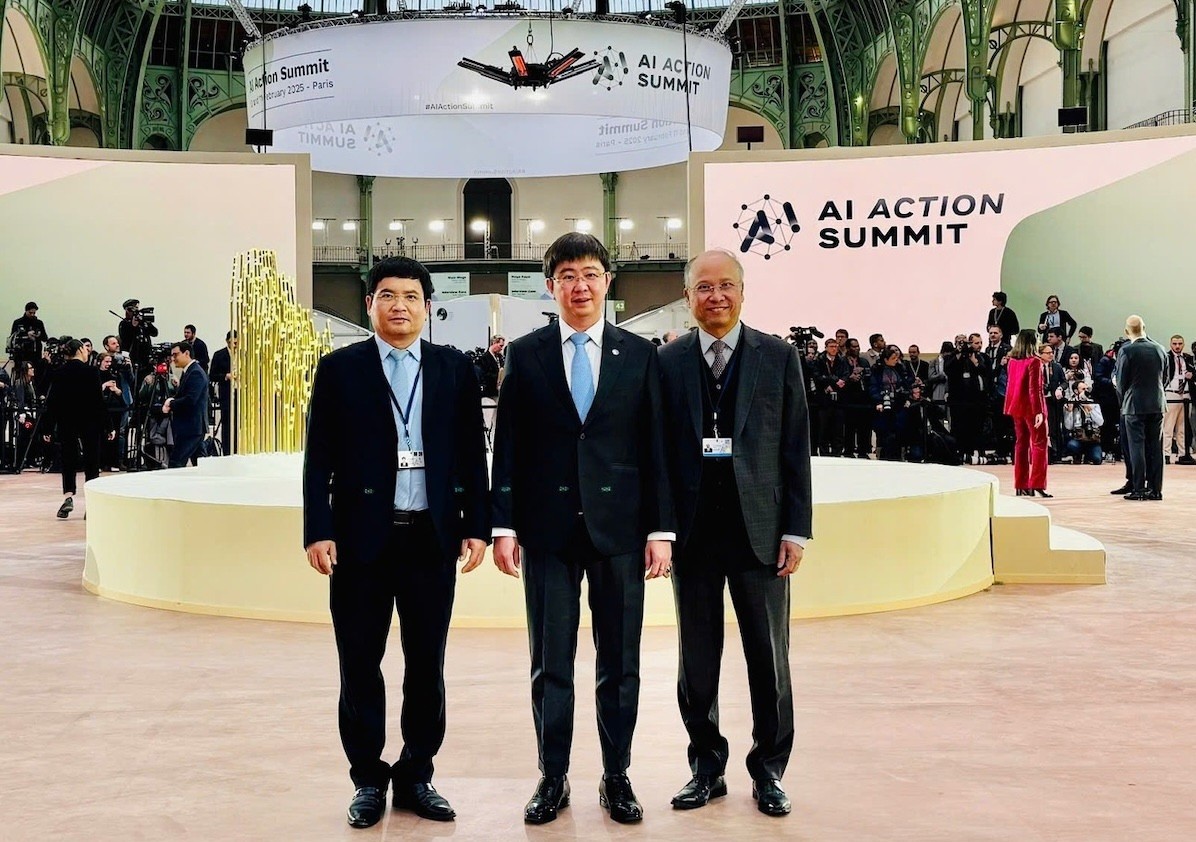100% of Internet Subscribers in Vietnam to Use IPv6 service by 2025
This is the statement from the National Information and Communications Infrastructure Planning for the period 2021-2030, with a vision to 2050.
In particular, Vietnam's Deputy Prime Minister Tran Luu Quang recently signed Decision No. 36/QD-TTg on "Information and communications infrastructure planning for the period 2021-2030, vision to 2050" to develop a synchronous, modern postal network, connecting the real world and the digital world. This will become one of the essential infrastructures of the country and the digital economy.
The postal network planning has a focus on redundancy to ensure an intact, uninterrupted supply chain in case of emergency. It strives to build 3-5 regional postal centers across the country by 2030. The average exploitation capacity of the Postal Center is expected to reach over 15,750 tons of parcels sent/day, while the regional postal centers can have an average capacity of over 5,000 tons of parcels sent per day.
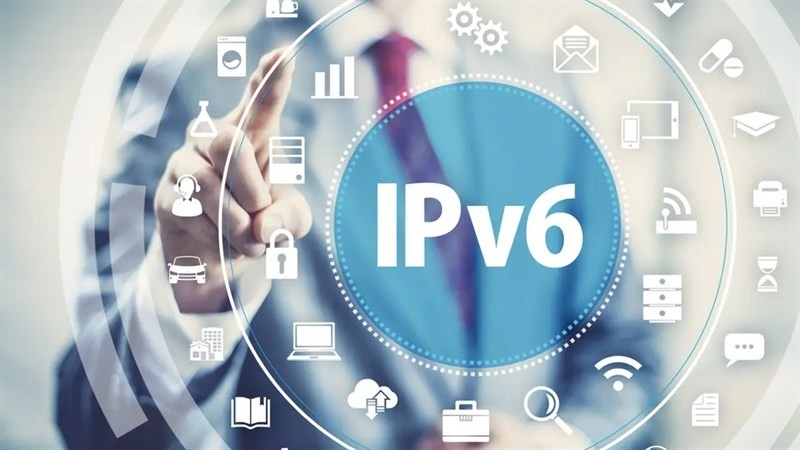 |
| (Photo: Getty Image). |
Entering top 20 in the world in converting the Internet to IPv6
To make the top 20 countries in converting the Internet to IPv6 by 2025, the broadband telecommunications network in Vietnam must ensure large capacity, high speed, modern technology, and widely integrated Internet of Things (IoT) infrastructure for harmonious development, well serving digital transformation and digital government as well as digital economy, digital society, and security and defense. It must reach 100% of high-tech parks, concentrated information technology parks, research, development, and innovation centers by 2025 to have access to the Internet with a minimum speed of 1Gb/second. Also, it must deploy and invest in 2-4 additional international telecommunications cable lines.
Forming national data centers
Another important task is to form and deploy national data centers for data centers and cloud computing infrastructure. Vietnam strives to form large-scale data centers, following green standards, and closely following energy zone planning; to ensure data centers are synchronously connected, connected with mutual redundancy capabilities. This will support promoting the development of the big data industry and im proving the performance of existing data centers.
The requirement is that by 2025, national data centers will be established and deployed as infrastructure to serve national databases and other shared databases according to the provisions of the law. Vietnam will form at least 3 national multi-purpose data center clusters. Multi-purpose data center clusters will be formed at the regional level.
Also, 100% of Government agencies use the cloud computing ecosystem to serve the digital Government and 70% of Vietnamese businesses use cloud computing services provided by domestic businesses.
Regarding infrastructure building, Vietnam prioritizes "doing first, doing well", which means focusing on digital platforms with national-scale infrastructure to serve many applications, services, and contributors. Information technology application infrastructure plays a crucial role as a shared digital platform for many socio-economic fields, serving essential social activities in the digital environment.
Strongly enhance digital technology applications in all fields
According to the planning, the information technology industry will be based on digital technologies such as artificial intelligence, big data, blockchain, cloud computing, and IoT. The strong application of digital technology will seem all areas of economic and social life to form a digital technology industry in Vietnam.
The digital technology industry develops rapidly and sustainably from assembly and processing it will shift to creating "Make in Vietnam" electronic, telecommunications, and information technology products and services. It will contribute to creating new development space for the country.
The plan sets a goal that by 2050, information and communications infrastructure will ensure increased intelligence based on data and new technologies. The information and communications infrastructure will be green and adapt to climate change. It will help cover and connect multiple spatial levels (water surface, water bed, ground surface, underground space, air space) and multi-dimensional between levels. It will also securely merge the physical world with the digital world to adapt to all complex and urgent changes and expand operating space. Digital technology applications must meet sustainable development in all aspects of political, economic, social, environmental, security, and defense.
 | Vietnam Among Top 10 Most Populated Cyber-citizens Countries in the World Vietnam is in the top 10 countries with the largest number of Facebook, TikTok and YouTuber users in the world, Singapore's DataReportal research company recently ... |
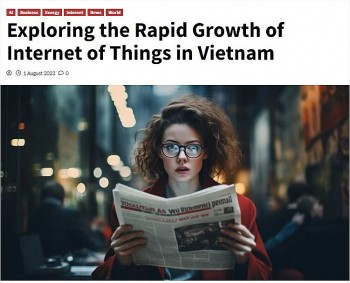 | Foreign Media Praise Rapid Growth of Internet of Things in Vietnam In a recent article named "Exploring the Rapid Growth of Internet of Things in Vietnam," Fagen Wasanni hails the rapid growth of the Internet of ... |
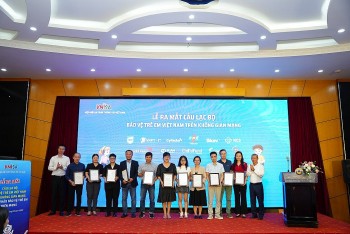 | Vietnam Cyber Safety for Children Club Launched With the determination of the club members as well as the support from the associations and organizations, the Vietnam Cyber Safety for Children Club wishes ... |
Recommended
 Viet's Home
Viet's Home
French-Vietnamese Author Introduces Book Series "Memories of Overseas Vietnamese"
 Viet's Home
Viet's Home
Vietnam's Human Development Index Remains High
 Viet's Home
Viet's Home
Vietnam’s Mark on UN Day of Vesak Celebrations
 Viet's Home
Viet's Home
Art Program Spreads Message of Peace Worldwide
 Expats in Vietnam
Expats in Vietnam
Look Forward to New Developments in Vietnam - US Relations
 Viet's Home
Viet's Home
She Feeds the World: 8,000 Individuals Adopt More Sustainable Agricultural Practices
 Viet's Home
Viet's Home
Over 200 Valuable Documents Displayed at 'Mountains and Rivers Connected One Strip' Exhibition
 Viet's Home
Viet's Home

